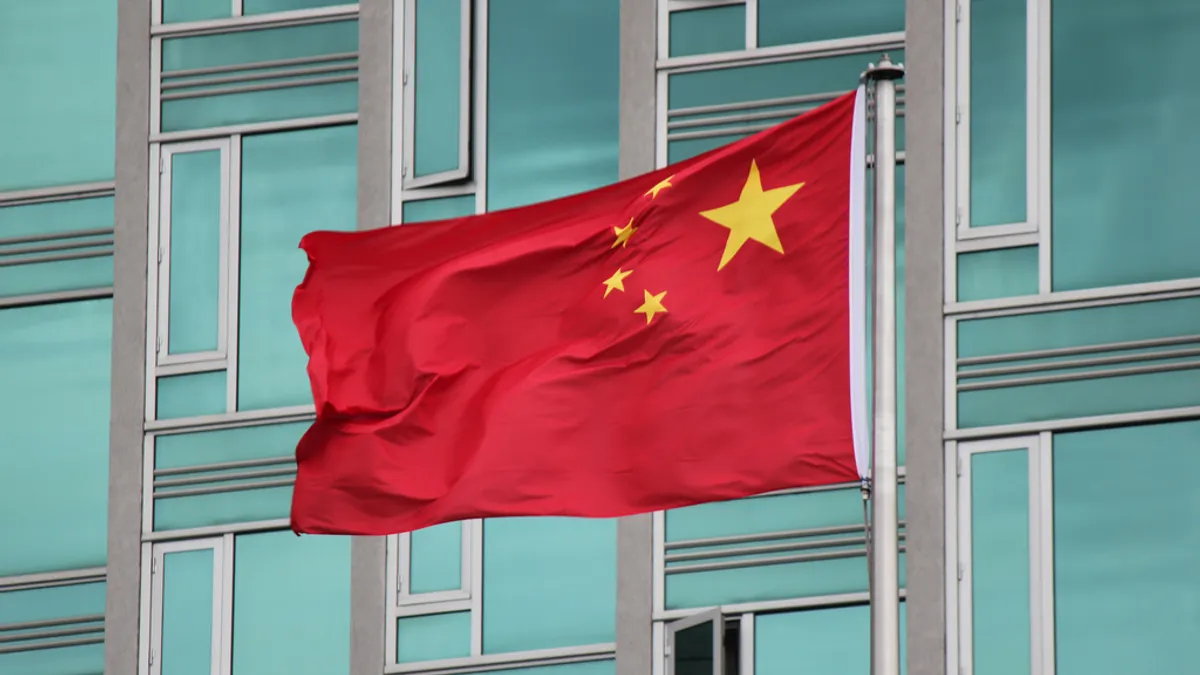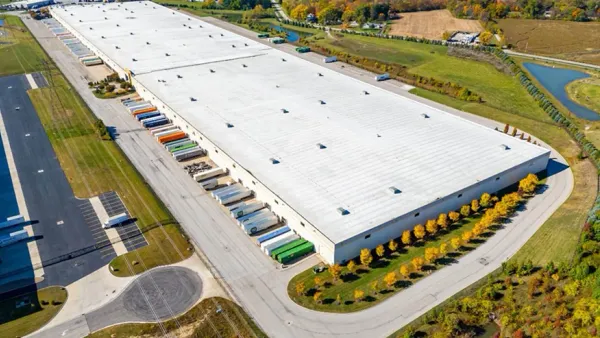UPDATE: August 3, 2018: China announced Friday it will put tariffs on $60 billion of U.S. imports if the U.S. moves forward with 25% tariffs on $200 billion goods. The duties would range from 5% to 25% on more than 5,000 products, including agricultural goods and industrial chemicals.
Dive Brief:
- President Donald Trump has recommended increasing proposed duties on $200 billion worth of Chinese imports to 25%, up from 10% announced in July, according to a statement released by U.S. Trade Representative Robert Lighthizer.
- "The increase in the possible rate of the additional duty is intended to provide the Administration with additional options to encourage China to change its harmful policies and behavior," Lighthizer wrote.
- The 25% tariffs would apply to the same products proposed in July. Because of the proposed increased rate, USTR will extend the comment period to September 5.
Dive Insight:
China wasted no time in responding to the United States' proposal to increase duties.
"Pressure and blackmail from the U.S. won’t work," Geng Shuang, a spokesman for the Chinese Foreign Ministry, said at a briefing in Beijing, the New York Times reported. "If the U.S. takes a further and upgraded move, China would definitely retaliate to safeguard our legal rights."
The question of how exactly China will retaliate remains to be seen. Due to the trade imbalance between the nations, China cannot place tariffs on $200 billion worth of U.S. imports on top of an already announced $50 billion, because it does not import that many goods from the U.S.
With the comment period extended, tariffs at the earliest would go into effect September 6, allowing companies some time to adjust.
Supply chains preparing for 10% tariffs on their imported goods from China will now have to create contingency plans for more than double that amount.
Whether or not the duties ultimately go into effect, the uncertainty is already creating turmoil for several businesses as they weigh their options for sourcing and production, with some scrambling to import goods before next month.
"I think the uncertainty caused by the trade war with China is probably pushing businesses to bring in goods earlier to avoid potential duty rate increases while it all plays out," Eric Flicker, director of operations and supply chain at CL Apparel Marketing, wrote in a LinkedIn post.
Many U.S. ports, both air and sea, are witnessing record import volumes. Container imports at the Port of Oakland reached all-time highs in June. "Importers may have ordered aggressively in June ahead of tariffs imposed this month by the U.S. and China," the port stated in a press release.
The Port of Long Beach also had its busiest month ever in June. "The escalating trade tensions have everyone in the industry concerned," said Port of Long Beach Executive Director Mario Cordero in a news release, although she also attributed high volumes to strong global economies.














